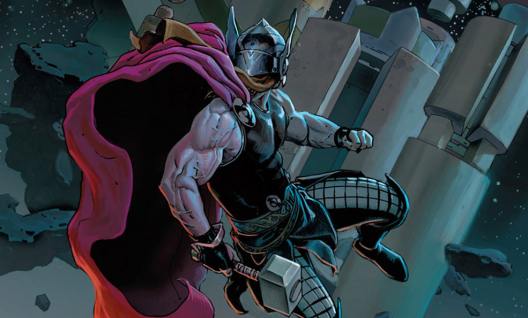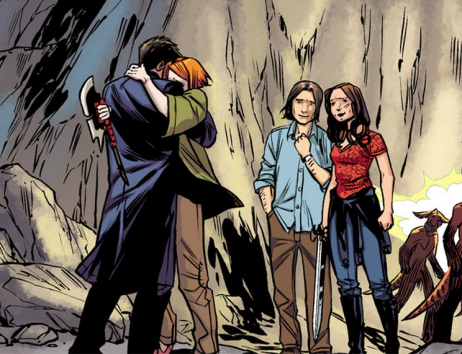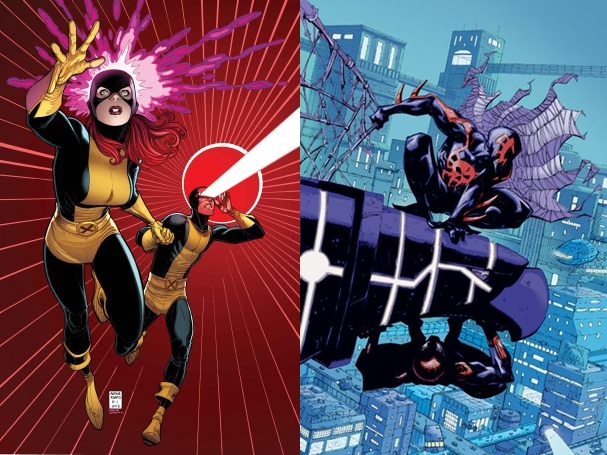We’ve already listed our favorite TV shows and movies of last year, and we’ve got a couple more lists just before the new season begins. Here are our favorite comic books of 2012; check back tomorrow for our favorite albums (though, considering our extensively detailed history of not knowing how to talk about music, with YouTube clips instead of commentary).
PAUL: 10. THOR: GOD OF THUNDER (Marvel)

There was a period of time when Thor was my favorite character in comics. The golden Walt Simonson era was for me the height of otherworldly sword and sorcery super heroics. And while its been quite some time since the character has achieved anything close to that level of wonder, in recent years he’s enjoyed something of a renaissance. From his “death,” to his literal return to Earth under the guidance of J. Michael Straczynski, to his big screen debut, the petulant son of Asgard is kind of back in a big way.
Thor: God of Thunder is the newest incarnation of the title, with the unlikely writer Jason Aaron giving us a triptych of thunder gods, a tale of an alien butcher seeking to torture and destroy all deities told across three different periods of Thor’s life. We see young, arrogant Thor (pre-Mjolnir) and his first meeting with Gorr the God Butcher; modern-day Avenger Thor going full CSI trying to solve the mystery of who or what Gorr is; and far-future Thor, old and broken, sitting on the throne of an empty Asgard, the last surviving god, waiting for Gorr to finish him. It’s a brutal, bloody, and fascinating premise, though I do wish Gorr was slightly more imposing-looking rather than just being a Voldemort rip-off. Aaron creates a genuine mystery and sense of danger with real stakes for our hero, and the painterly art of Esad Ribic suits the romantic epic nature of the story. It’s not quite Simonson-level Mighty Thor (there’s thus far no Beta Ray Bill here), but Thor: God of Thunder is the best the character has been in a long time.
AJ: 10. ANGEL & FAITH (Dark Horse)

I know Whedon fandom is crazy, but I might just be the biggest Buffy fan on the planet. That’s a huge claim, and while I haven’t tattooed James Marsters’ face on my ass or anything (yet), it really is difficult to describe how much Joss Whedon’s world means to me. Without Buffy the Vampire Slayer, I wouldn’t be here today. You wouldn’t be reading these words and I would have even less of an idea of what I want to do with my life. So it pains me greatly to say that the canonical Season 8 and Season 9 comics, though they have certainly had their moments, are largely disposable and occasionally worse. But then there’s Angel & Faith, which has done the impossible, making a monthly comic book series feel like the weekly television shows we fell in love with all those years ago. Christos Gage knows these characters inside and out, both their voices and their motivations. It’s never a question of if the comic will tie back into the shows’ stated mythology, but when and how spine-tingling those connections will be. These are the characters I have loved for a good deal of my life in a story that’s being brilliantly told by Gage and brought to life with wonderful clarity by artist Rebekah Isaacs. If you’re skeptical about Buffyverse comics, you have every right to be, but this one should be a priority.
Continue reading →









